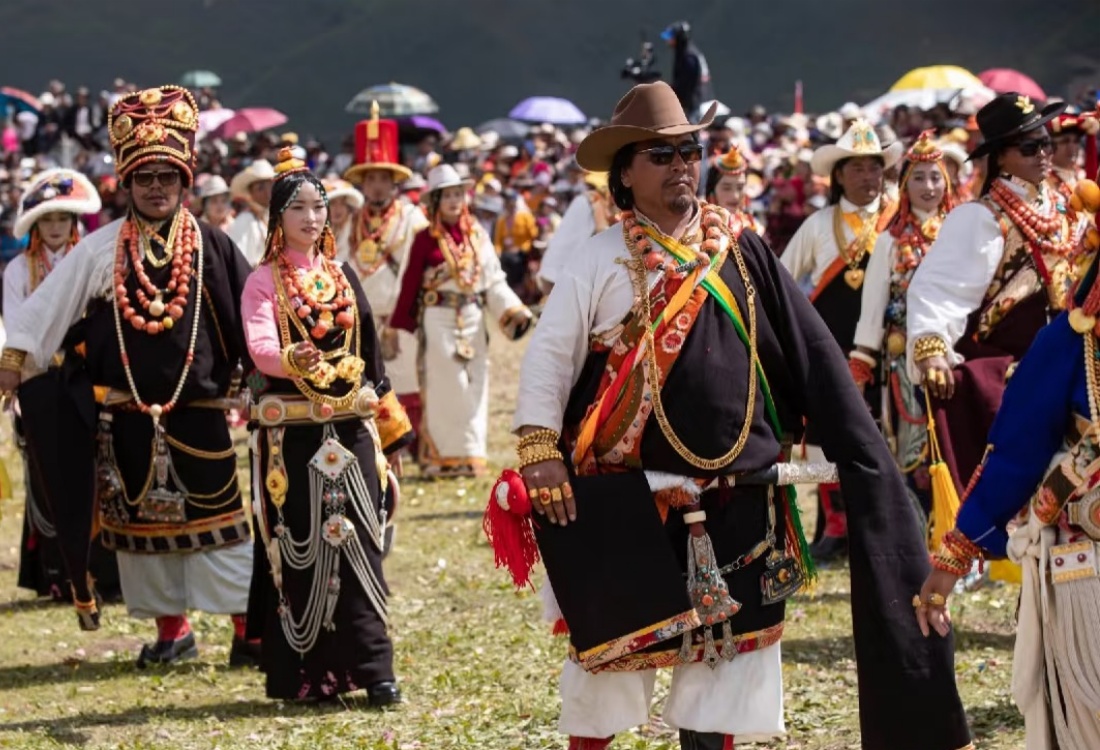Table of Contents
ToggleIntroduction: Understanding the Tibetan People’s Heritage
The Tibetan people, a unique ethnic group residing primarily in Tibet and parts of China, are known for their distinct culture, language, and way of life. They inhabit the Tibetan Plateau, one of the highest and most challenging environments on Earth. With a history that stretches back thousands of years, the Tibetan people have developed a rich culture that is closely tied to their land, religion, and community. But beyond their cultural identity, the Tibetan people’s genetic origins are equally fascinating, shaped by centuries of adaptation to high-altitude living.
Genetic Origins of the Tibetan People: Ancient Migrations and Adaptation
The genetic origin of the Tibetan people has been a subject of considerable research in recent years. Studies suggest that the ancestors of the Tibetan people are believed to have originated from early East Asian populations. The modern Tibetan population has undergone significant genetic adaptation, enabling them to thrive in the high-altitude environment of the Tibetan Plateau, where oxygen levels are low, and the air pressure is much lower than at sea level.
One of the most important genetic adaptations that the Tibetan people possess is the ability to survive with lower oxygen levels. A key gene called EPAS1, which is linked to the ability to cope with hypoxia (low oxygen), is prevalent among Tibetans. This gene, which regulates the body’s response to low oxygen, has helped Tibetans thrive in their challenging environment. These genetic adaptations have been passed down through generations, allowing Tibetans to live comfortably in the high-altitude region, where most populations would suffer from altitude sickness.
Cultural and Physical Characteristics of the Tibetan People
The Tibetan people’s physical appearance is influenced by their long history of adaptation to their environment. Tibetans typically have a robust physique, with shorter limbs and a stocky build, which is an adaptation to the cold, high-altitude environment. Their skin is often darker than some other East Asian populations, likely due to the high ultraviolet radiation exposure at high altitudes.
Culturally, Tibetans are known for their deep connection to Tibetan Buddhism, which plays a central role in their everyday life. Their language, Tibetan, is part of the Sino-Tibetan language family, and their religious practices and festivals are an integral part of their identity.
Conclusion: A Unique Genetic and Cultural Identity
In conclusion, the Tibetan people represent a unique blend of cultural and genetic adaptations that have allowed them to survive and thrive in one of the harshest environments on Earth. Their genetic ability to adapt to high altitudes, coupled with their rich cultural heritage, sets the Tibetan people apart as a fascinating ethnic group with a history deeply rooted in their land. The Tibetan people’s resilience, both genetically and culturally, continues to shape their identity today.









